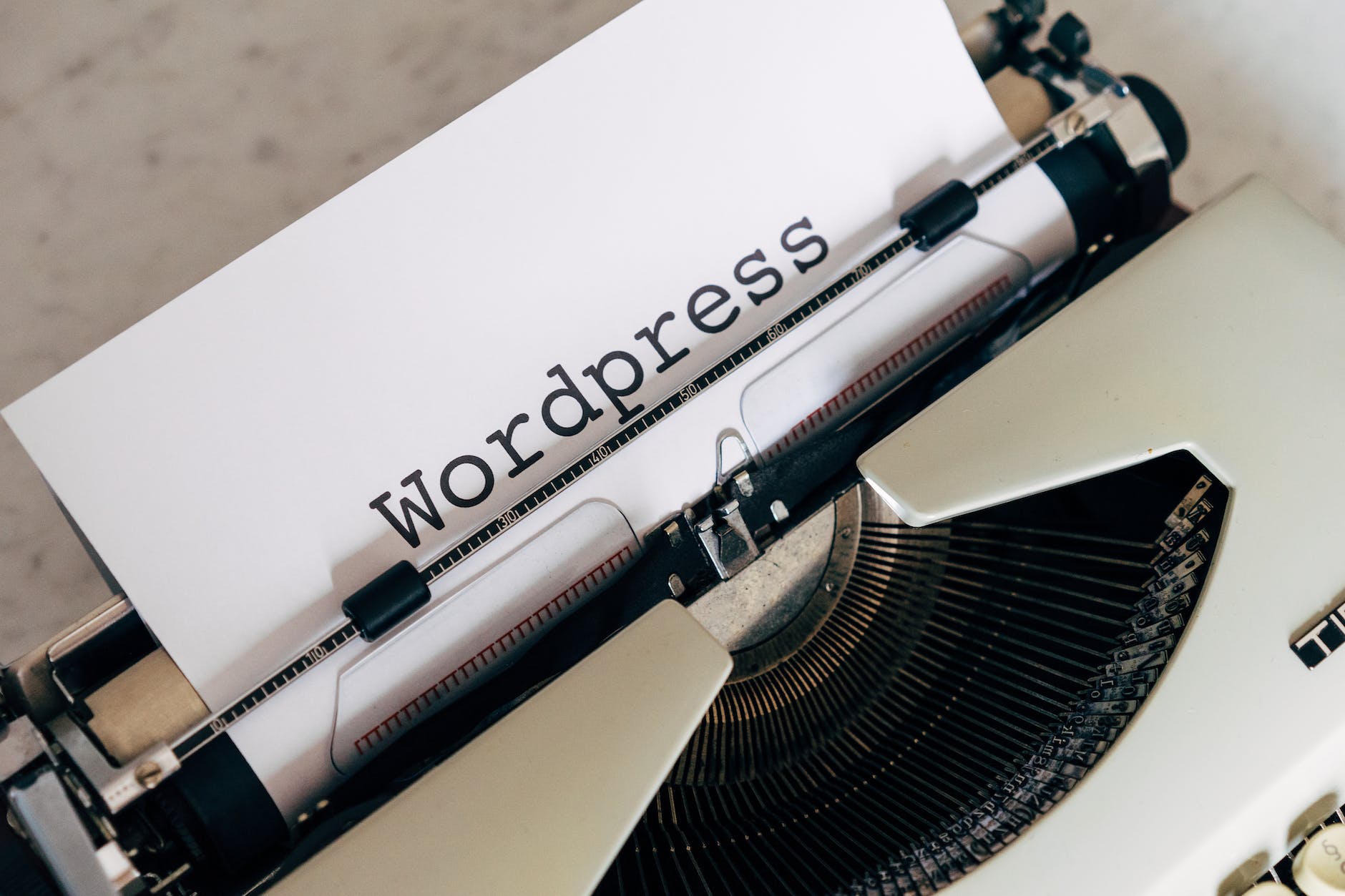
Why good content gets posted on the wrong platform?
Why good content gets posted on the wrong platform?
The digital age has given us unprecedented access to a wide array of platforms to share and consume content. Yet, even with this abundance of options, it is not uncommon for good content to end up on the wrong platform. This phenomenon raises the question of why it happens and what impact it may have. Let’s delve deeper into this issue and explore some possible reasons behind it.
Lack of understanding of the platform’s audience
One possible reason why good content gets posted on the wrong platform is a lack of understanding of the platform’s audience. Each platform attracts a specific demographic with distinct interests and expectations. By failing to comprehend the preferences and habits of a particular platform’s users, content creators may inadvertently miss their target audience.
For example, a long-form academic article may be better suited for a professional journal rather than a social media platform like Instagram or TikTok, which tend to favor shorter and visually engaging content. Without grasping the nuances of platform-specific preferences, valuable content may go unnoticed or receive little engagement.
Unfamiliarity with the platform’s capabilities
Another reason why good content ends up on the wrong platform is unfamiliarity with the platform’s capabilities. Different platforms offer different features and tools that can enhance content presentation and engagement. However, if content creators are not aware of these capabilities, they may not fully utilize them, resulting in suboptimal outcomes.
For instance, YouTube offers the opportunity to incorporate video annotations, end screens, and interactive cards within videos to increase engagement and direct viewers to related content. If a content creator is unaware of these features, they might miss out on opportunities to create a more interactive and immersive experience for their audience.
Inconsistent branding and messaging
Inconsistency in branding and messaging can also contribute to good content being posted on the wrong platform. Each platform has its own identity and user expectations, and content that doesn’t align with these factors may seem out of place or irrelevant to the audience.
For example, a brand known for its humorous and light-hearted social media presence might struggle to gain traction if it suddenly posts serious and somber content on the same platforms. Users have come to expect and enjoy the brand’s lightheartedness, and a sudden shift in tone may confuse or alienate them.
Lack of cross-platform promotion
A lack of cross-platform promotion can also contribute to good content ending up on the wrong platform. Content creators often focus on one platform or channel, neglecting the potential benefits of promoting their content across multiple platforms.
By not leveraging cross-platform promotion, content creators limit their reach and miss out on opportunities to attract new audiences who may be active on different platforms. A piece of valuable content that could have resonated with a wider audience may go unnoticed simply because it was not shared on the appropriate platforms.
There are several reasons why good content gets posted on the wrong platform. Lack of understanding of an audience, unfamiliarity with platform capabilities, inconsistent branding and messaging, and a lack of cross-platform promotion all contribute to this phenomenon. To ensure that good content reaches the right audience and achieves its full potential, content creators must take the time to understand the preferences and habits of each platform’s users and leverage the features and tools offered by the platforms.
By tailoring content to fit the specific platforms and by promoting it across multiple channels, content creators can maximize their reach and engagement, ensuring that good content finds its rightful home on the appropriate platforms.

